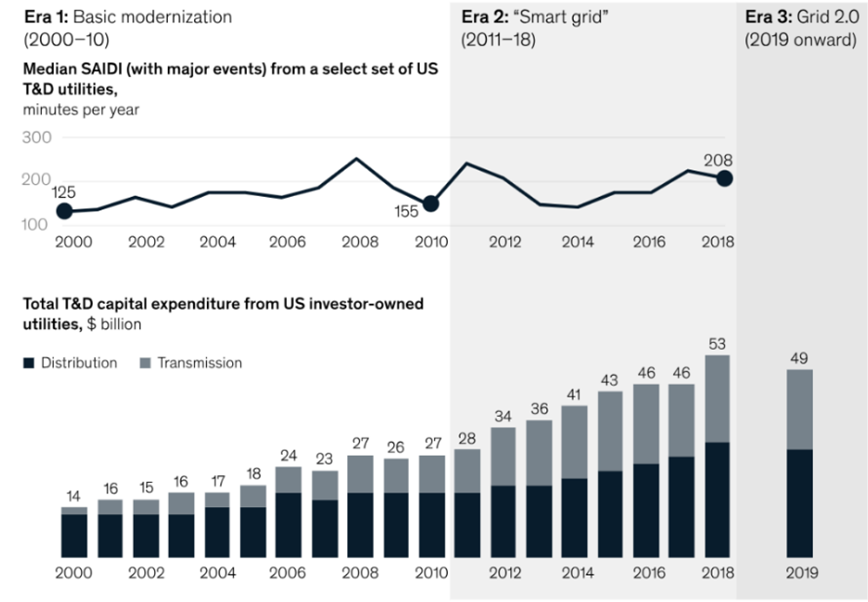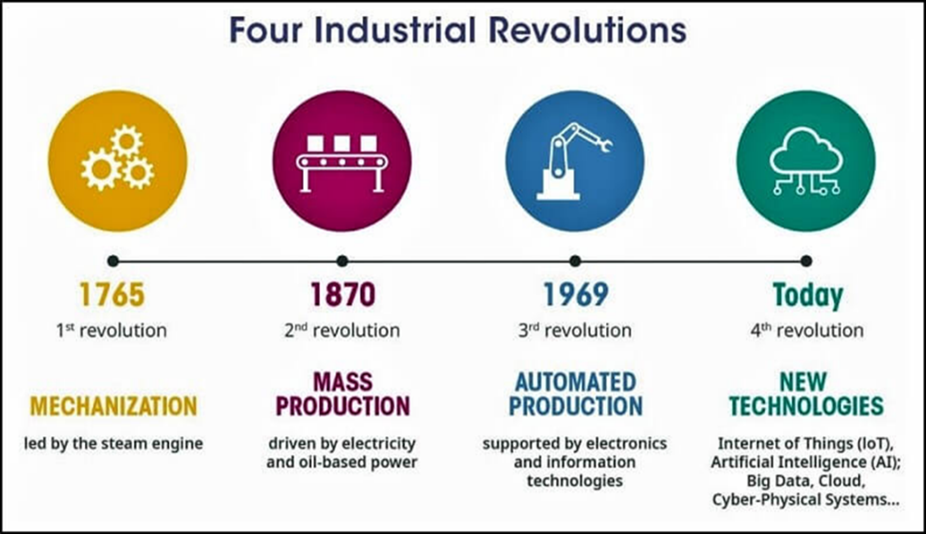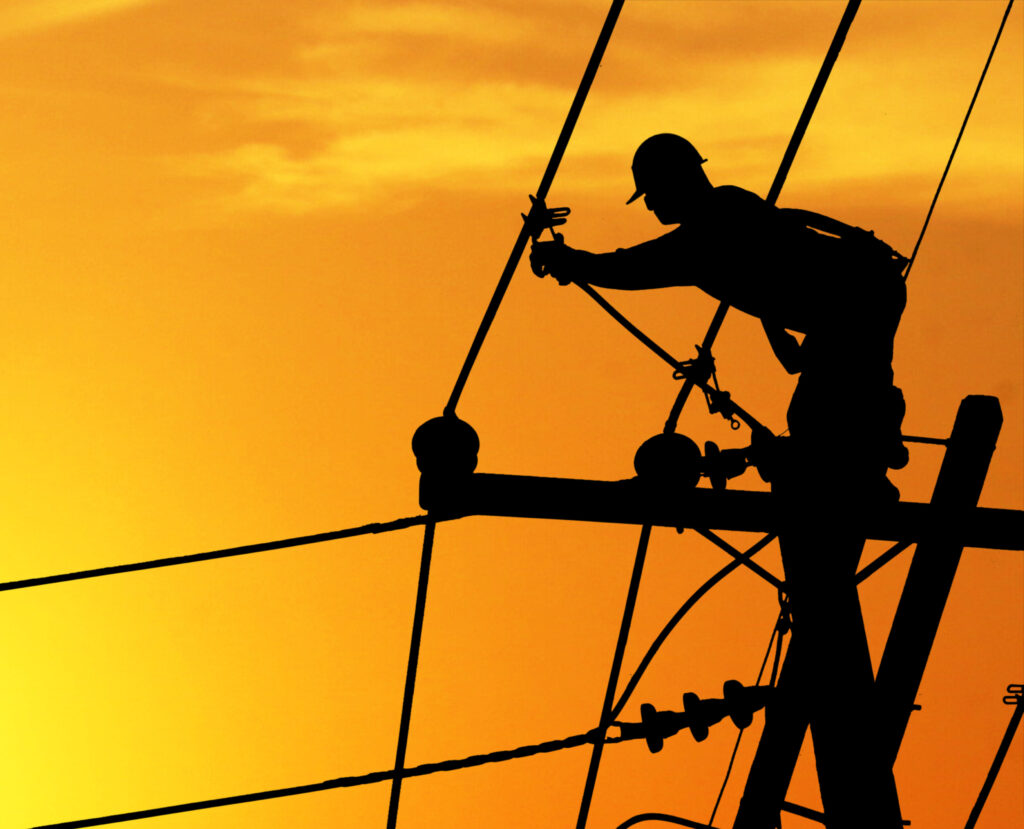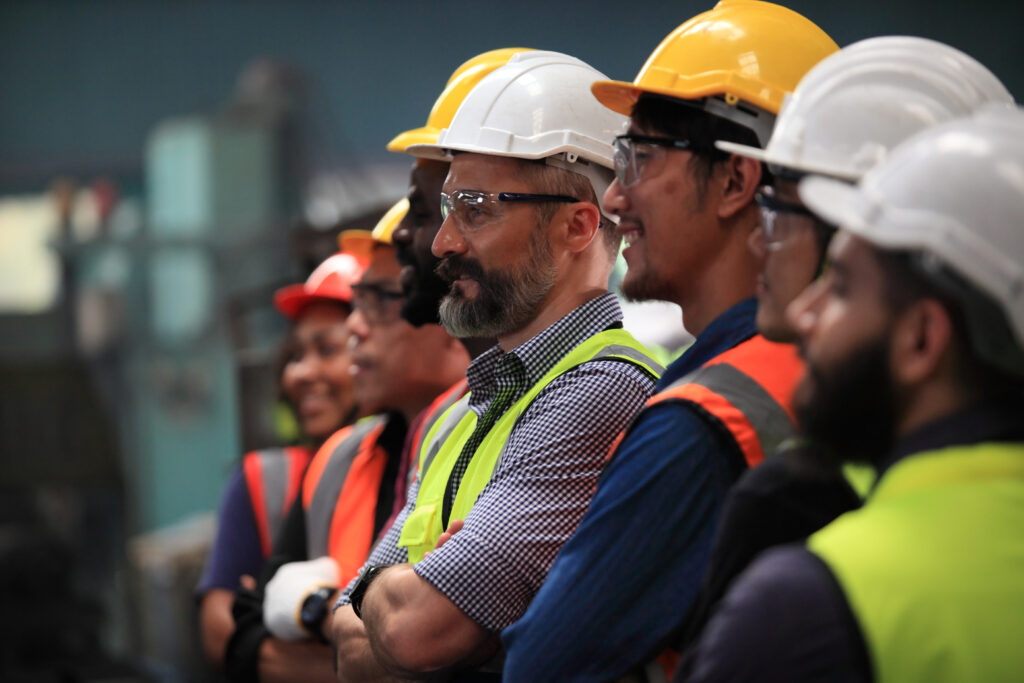Grid Modernization and Productivity
A Business Challenge for Utilities
In many ways, digital transformations and modernizing the grid are mandatory undertakings for electric utilities. Whether that is to improve grid management in the face of Distributed Energy Resources (DERs), dealing with trends in electrification such as EVs, or expectations from customers, grid modernization is considered a requirement by many.
This should be facilitated by exciting advances in technology, enabling grid modernization through a wide range of smart devices and the capability of Artificial Intelligence (AI) to manage the inevitable explosion in data volume, which is likely to become the norm in grid control rooms. Industry watchers even highlight the commitment across C-Suites to invest in modernization.
In many ways, the industry is going through an interesting period of change. On the face of it, it appears that there should be a natural alignment between the new technology and the goal of improving productivity.
AMI – A Technology/Productivity Slam Dunk
Advanced Metering Infrastructure (AMI) and smart meters were among the first major grid modernization initiatives to take advantage of digital technology. To many, it also felt naturally aligned with the utility’s productivity goals. After all, dispatching people to read meters manually feels inefficient, and reducing inefficient human resources must lead to reductions in operating costs.

However, as has been discovered, the financial results of many smart meter projects have been mixed. Famously, with AMI 1.0 the Auditor General of Ontario stated that “Total costs relating to implementation of Smart Metering had reached almost $2 billion at the time of our audit,” which was approximately $400 million over budget. The Auditor General’s report also said “the benefits of Smart Metering in reducing distribution companies’ operating costs and reducing electricity bills to ratepayers were so far limited: Of the distribution companies we consulted, 95% said they realized no savings and their operating costs actually rose, and more than half said they received a high volume of ratepayer complaints regarding “increased bills with no savings.”
While this kind of underwhelming result could happen with any project, there is also evidence that the problem is more widespread than a single project or jurisdiction.
In their 2020 paper ‘Modernizing the investment approach for electric grids,’ McKinsey & Company highlight that, “historically, utilities’ grid-modernization choices haven’t always delivered the expected benefits”, and that “billions of dollars were spent”, and “penetration of advanced metering infrastructure (AMI) in the United States exceeded 70 percent of households and promised to deliver savings and new capabilities”. However, the results have been mixed.

Also, that “Despite accelerated capital investments in the grid by US utilities over the past ten years, the System Average Interruption Duration Index is consistently above its 2000 level, reflecting the increase in the frequency and severity of significant events.”
Canada’s Productivity Problem
Multiple organizations, including financial institutions such as the Royal Bank of Canada, are very public with their view that Canada has a productivity problem. In their paper “Canada’s Growth Challenge: Why the economy is stuck in neutral,” the Royal Bank states that “The economic momentum that propelled the country through the 20th century has faded in the 21st.” and that “our relatively low productivity, the amount of production and income generated per hour worked in the economy has been held back by a shortfall in investment.”
RBC explains that there are many contributors to a nation’s productivity, ranging from capital investment across the country’s mix of industries to trade and taxation policy, among others. However, suppose we focus on the productivity trend in the utility sector, as tracked by Statistics Canada. In that case, it certainly appears that utilities are not immune to the national trend of lacklustre productivity over the last 25 years.
The Productivity Paradox
Intuitively, it would seem logical to think that technology could be at least a partial solution to the productivity problem. After all, the world is currently in the midst of the fourth industrial revolution. Therefore, we should be positioned to take advantage of a range of new technologies, all of which seem naturally aligned with the goals of electric grid modernization.

In fact, the first two industrial revolutions had a profound impact on worldwide productivity, with mechanization setting the stage and the onset of mass production contributing to a remarkable 50-fold increase in the productivity of the average worker between 1870 and 1969.
That increase in productivity is widely seen as enabling the standard of living most of us enjoy today and liftin
Subscriber Access
Unlock Deeper Insights with The Engine Room
Join our community and gain exclusive access to our newsletter, full insights, thought leadership, and expert perspectives that shape our approach and principles. Dive deeper into the strategies that drive high-performing teams, leadership excellence, and operational success.
Sign up today to stay ahead with actionable knowledge designed to elevate your impact along with your organization and team.






